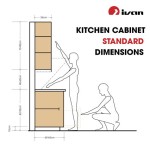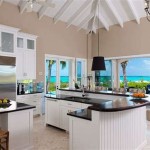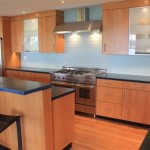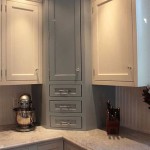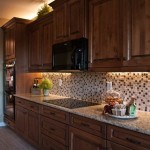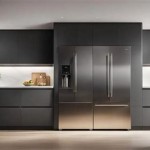Essential Aspects of Using Vinyl Flooring as a Kitchen Backsplash
Selecting a durable and stylish backsplash for your kitchen is crucial to maintaining the functionality and aesthetics of your space. Vinyl flooring, known for its versatility and water resistance, is an innovative material that can extend its utility to backsplashes, opening up new possibilities for kitchen design.
In this article, we delve into the essential aspects to consider when contemplating the use of vinyl flooring as a kitchen backsplash. By understanding these factors, homeowners can make informed decisions that align with their specific needs and preferences.
Durability
Vinyl flooring is inherently durable, making it an ideal choice for backsplashes that are prone to splashes, spills, and heat. Its resistance to moisture and wear ensures that it can withstand the demands of a busy kitchen, maintaining its appearance and integrity over time.
Water Resistance
Water resistance is paramount for kitchen backsplashes, as they are constantly exposed to moisture from cooking and cleaning. Vinyl flooring excels in this regard, providing a watertight barrier that prevents water from seeping into the wall behind the backsplash. This reduces the risk of mold growth, ensuring a hygienic and safe kitchen environment.
Versatility
Vinyl flooring comes in a wide range of colors, patterns, and textures, providing ample choices to complement any kitchen décor. From classic subway tiles to modern geometric designs, homeowners can find options that match their aesthetic preferences and create a cohesive look in their kitchen.
Ease of Installation
Vinyl flooring is renowned for its ease of installation, making it a suitable DIY project for those with basic home improvement skills. Self-adhesive vinyl tiles or planks can be applied directly to the wall, eliminating the need for messy grout or complicated techniques.
Affordability
Compared to traditional backsplash materials such as tile or stone, vinyl flooring is a cost-effective option that can save homeowners significant expenses. Its durability and ease of installation further contribute to its affordability, making it an accessible choice for budget-conscious homeowners.
Maintenance
Maintaining a vinyl flooring backsplash is effortless, requiring only occasional cleaning with a damp cloth or mild detergent. Its non-porous surface prevents dirt and grime from accumulating, ensuring a pristine appearance for years to come.
Conclusion
Using vinyl flooring as a kitchen backsplash is an innovative and practical choice that offers numerous benefits. By considering the essential aspects discussed in this article, homeowners can determine if this material aligns with their needs and preferences. From durability and water resistance to versatility, ease of installation, and affordability, vinyl flooring presents a multitude of advantages that make it a compelling option for modern kitchens.

Can Luxury Vinyl Flooring Be Used For A Backsplash

Laminate Flooring Backsplash It Looks Like Wood Bower Power

Diy Planked Backsplash Using L And Stick Vinyl Flooring Mom 4 Real For Remodelaholic Com Inexpensive Ideas Floor

The Versatility Of Vinyl Flooring London Design Collective

Laminate Flooring Backsplash It Looks Like Wood Bower Power

How To Install Vinyl Backsplash Tile

Diy Plank Backsplash Using L And Stick Vinyl Flooring Remodelaholic

Faux Shiplap Backsplash With L N Stick Flooring

Laminate Flooring Backsplash It Looks Like Wood Bower Power

10 Easy Kitchen Backsplash Ideas On A Budget Joyful Derivatives
Related Posts

